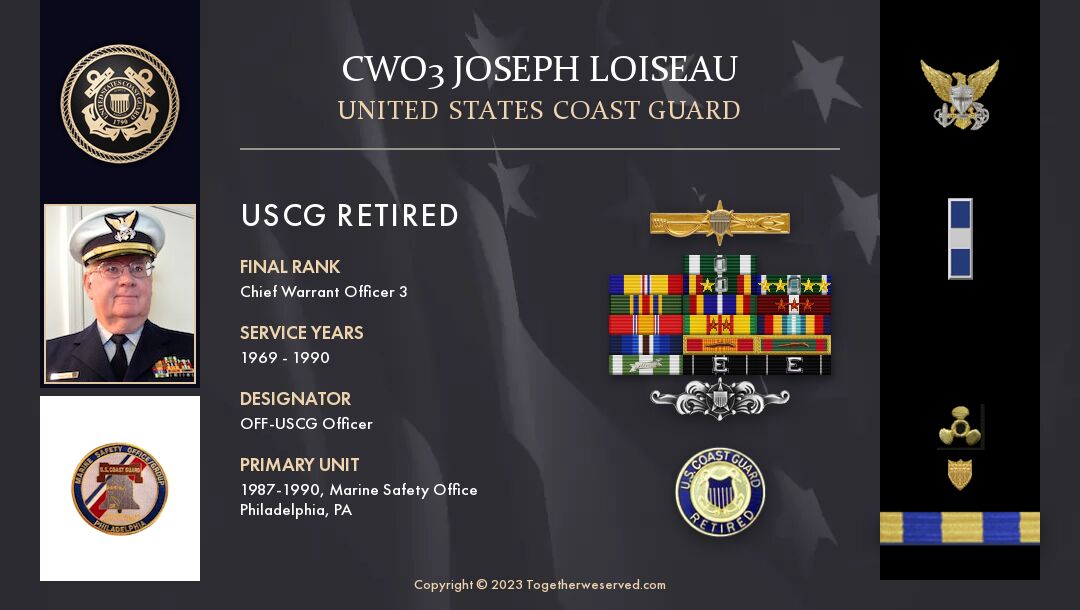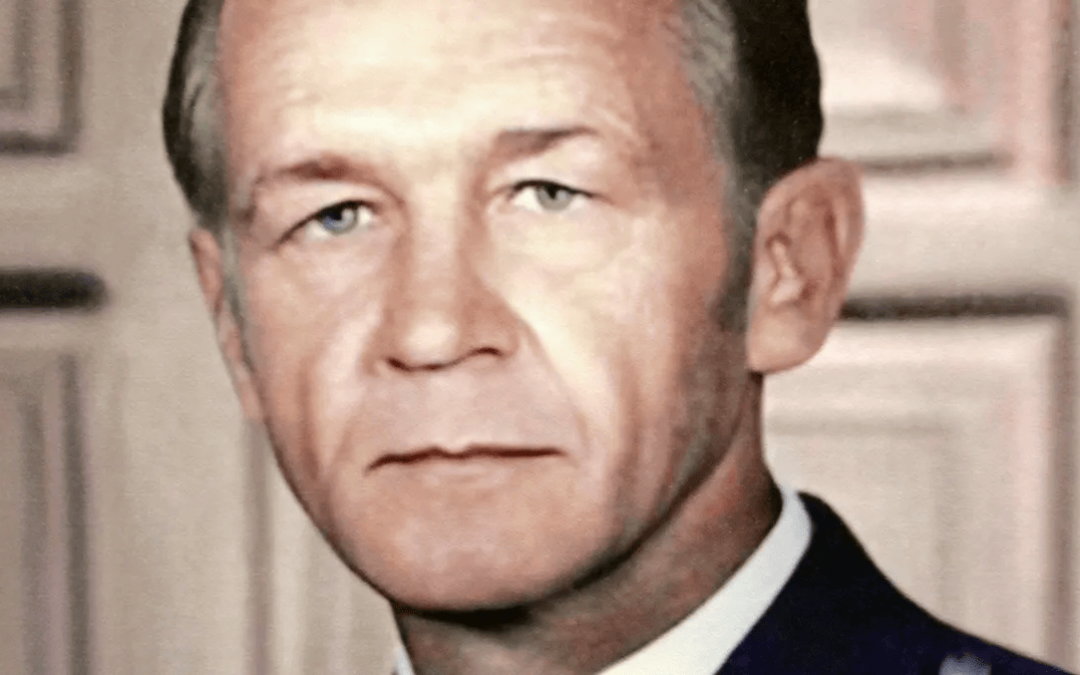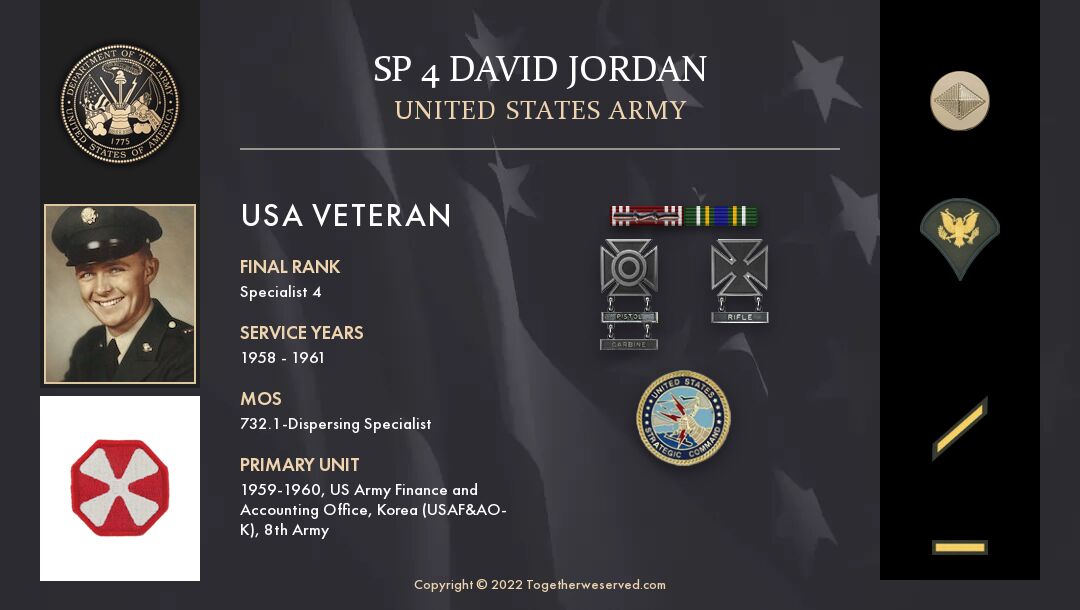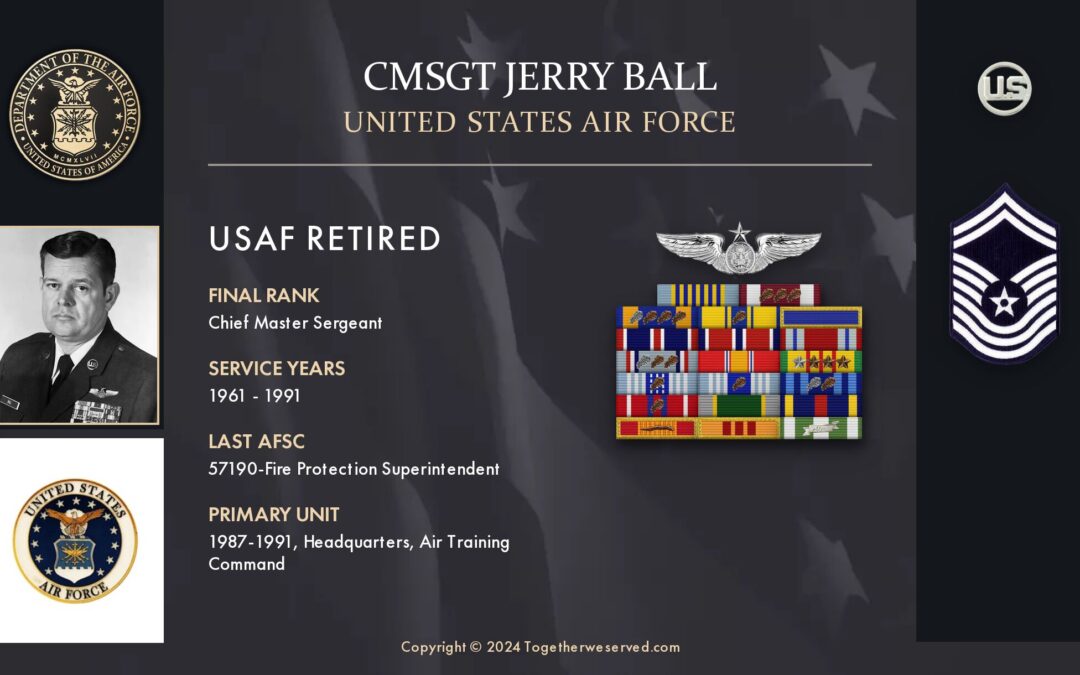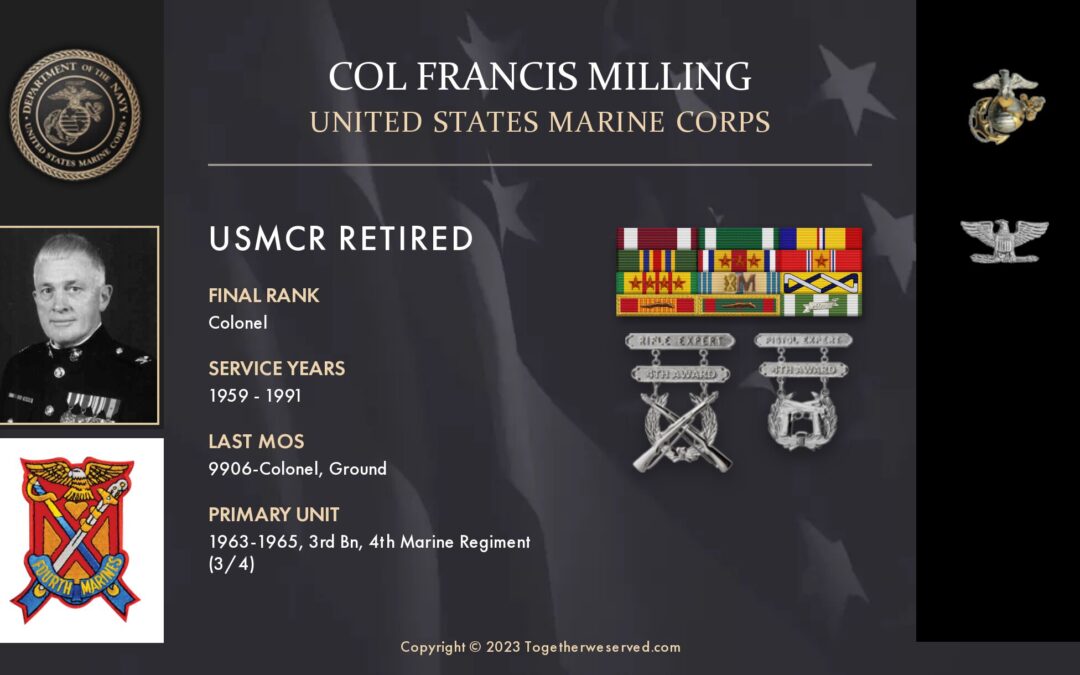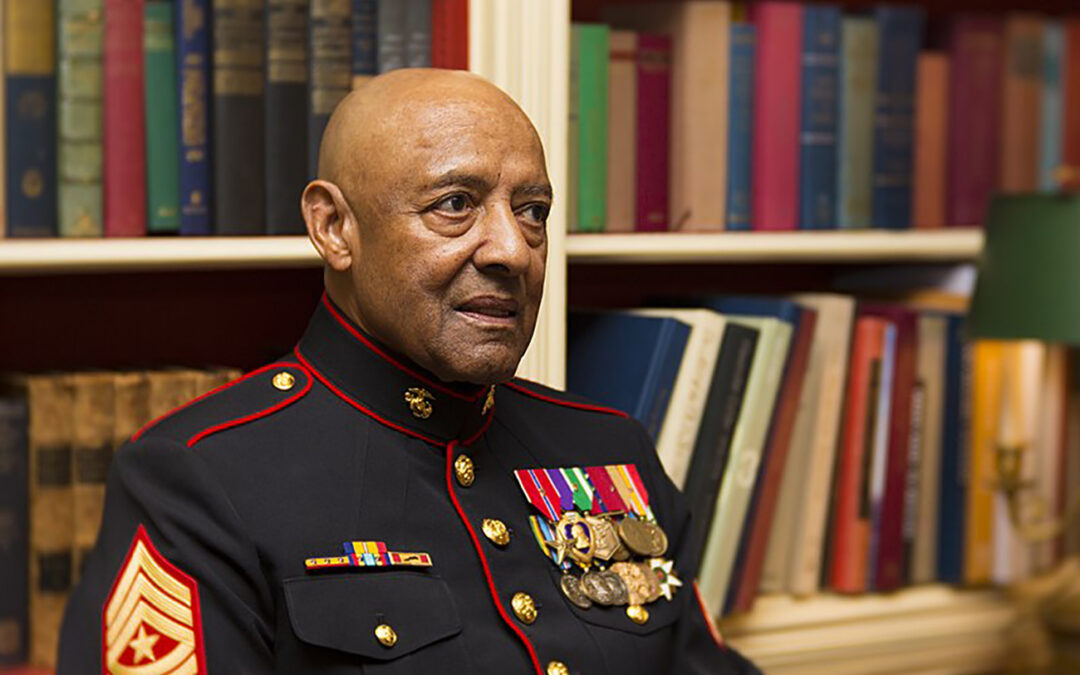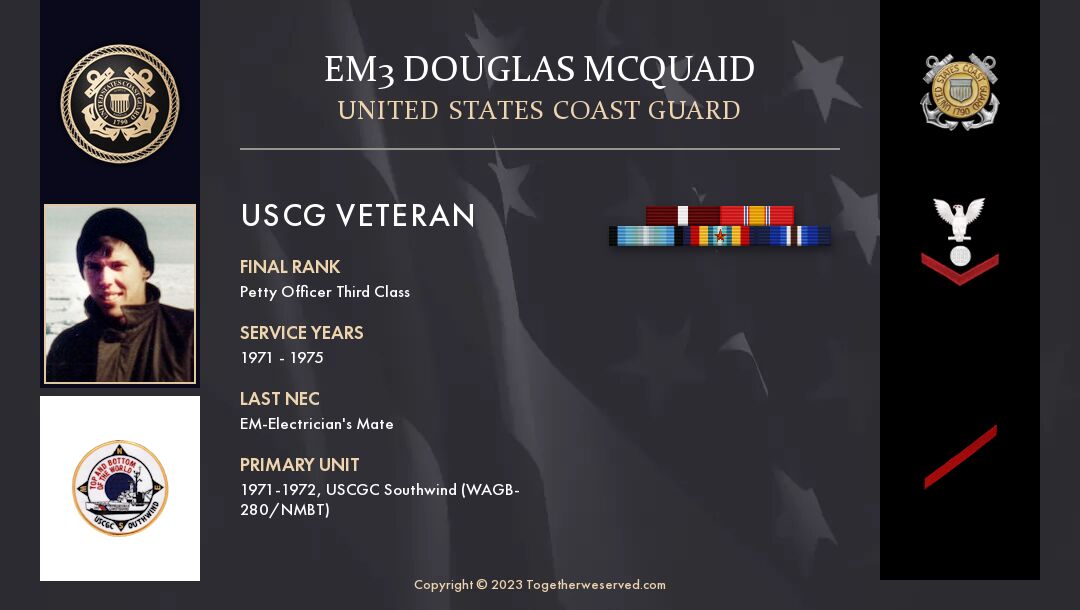Paratrooper Gary Linderer deployed to Vietnam with the 101st Airborne and often went out into the jungle with a six-man Long Range Reconnaissance Patrol. During one patrol, he claimed to have encountered a creature with "deep set eyes on a prominent brow… five feet tall, with long muscular arms, walking upright with broad shoulders and a heavy torso." Linderer had no idea what he saw, but he wasn't the first American to report seeing an ape-like creature while out on patrol, and he definitely wasn't the last. Some Army platoons reported coming under attack from the apes and even fighting them in hand-to-hand combat. There are no known species of apes native to Vietnam, but that didn't stop reports of large, ape-like creatures dwelling in the country's jungles during the entire Vietnam War. US Troops Thought that They Saw Bigfoot in Vietnam Bigfoot didn't get drafted or come over to Vietnam as a figure of the American imagination, either. The Vietnamese, Cambodians and even Laos had...

